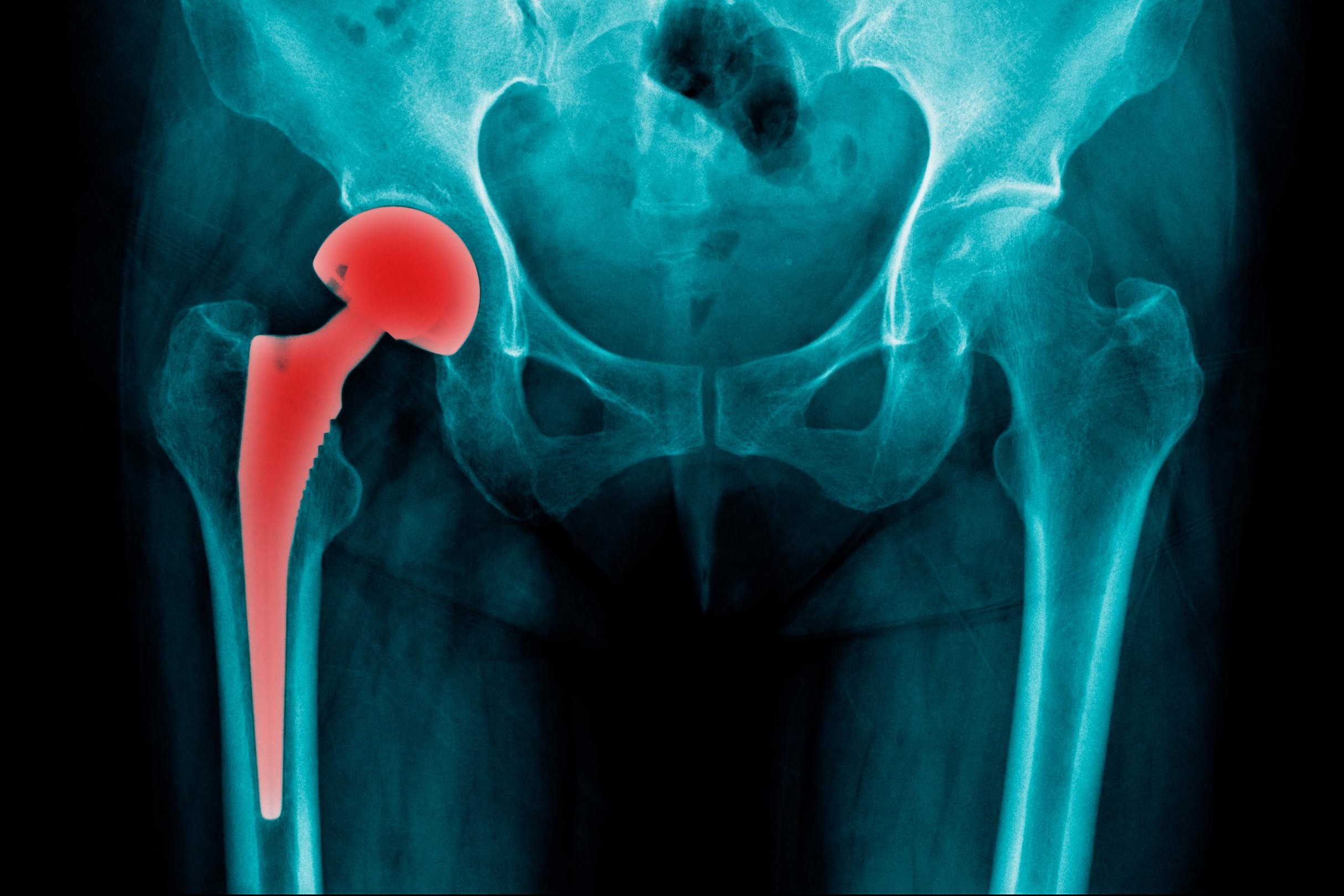
MOP hip implant: what is it and what are the advantages of metal on polyethylene
MOP stands for metal on polyethylene, and indicates a hip implant procedure, for its preservation and to improve the results of the resurfacing arthroplasty
MOP, when is it election?
The use of a highly cross-linked polyethylene metal implant in hip resurfacing arthroplasty appears to provide positive results and is therefore being chosen by an increasing number of surgeons.
In general, compared to the traditional metal-on-metal procedure, it seems to be a more flexible procedure and the prerogative of a greater number of patients.
Hip prosthesis, a general overview
Hip replacements are medical devices intended to restore mobility and relieve pain usually associated with arthritis and other hip diseases or injuries.
Each hip implant has benefits and risks.
Each hip implant system has unique device design characteristics such as size, shape, material, and dimensions.
Also, the same hip implant system can have different outcomes in different patients.
There are several factors that can influence the outcome and longevity of a hip implant, including device design characteristics, surgeon experience and implant technique, and individual patient characteristics such as age, gender, weight, activity level and general health.
Although hip replacement is usually successful, it is important to know that hip implants may eventually need to be replaced.
MOP and other procedures, the materials used in hip implants
Four types of total hip replacement devices with different bearing surfaces are currently available in Western countries.
These are:
- Metal on Polyethylene: The sphere is metal and the socket is plastic (polyethylene) or has a plastic liner.
- Ceramic over polyethylene: The ball is ceramic and the socket is plastic (polyethylene) or has a plastic liner.
- Ceramic on Ceramic: The ball is made of ceramic and the socket has a ceramic coating.
- Ceramic over metal: The ball is ceramic and the socket has a metal coating.
An orthopedic surgeon should determine which hip implant will offer the greatest benefit and least risk for each patient.
In this sense, as mentioned, the MOP is proving to have growing appeal.
Surgical risks related to hip replacement
Hip surgery, like any medical procedure, has risks. The risks of surgery include:
- A reaction to anesthesia
- Heart attack
- Wound infection
- Excessive bleeding
- Blood clots
Adverse events may occur after surgery, regardless of the type of hip system implanted, including:
- Hip dislocation, when the ball of the femur slips out of its socket in the hip bone (pelvis)
- Bone fracture
- Joint infection
- Local nerve damage with numbness or weakness
- Loosening or breaking of the device
- Difference in leg length
- Bone loss (osteolysis)
Various types of local or systemic reactions to particles or ions generated by the use of the plant (1)
Hip replacement patients should be aware of potential symptoms that may occur three or more months after surgery that could indicate that their device is not working properly.
Symptoms can include:
- Pain in the groin, hip or leg
- Swelling at or near the hip joint
- Limp or change in ability to walk
- Noise (popping, rubbing, clicking, or squeaking) from the hip joint
Depending on the severity of the adverse events, further surgery may be required.
1 This local response is sometimes referred to as “adverse local tissue reaction (ALTR)”; the systemic and local responses are termed “adverse metal debris reaction (ARMD)”.
Read Also
Emergency Live Even More…Live: Download The New Free App Of Your Newspaper For IOS And Android
Hip Osteoarthritis: What Is Coxarthrosis
Why It Comes And How To Relieve Hip Pain
Hip Arthritis In The Young: Cartilage Degeneration Of The Coxofemoral Joint
Visualizing Pain: Injuries From Whiplash Made Visible With New Scanning Approach
Coxalgia: What Is It And What Is The Surgery To Resolve Hip Pain?
Unicompartmental Prosthesis: The Answer To Gonarthrosis
Shoulder Instability And Dislocation: Symptoms And Treatment
How To Recognise Hip Dysplasia?
Hip Dysplasia: The First Ultrasound Scan After 40 Days Of Life
Snapping Hip Syndrome: What It Is And How To Treat It


